That day, the room adjoining his office is dotted with large poufs around a coffee table covered with books by Christian Bobin.
Moldings, gilding and beautiful language by a recently deceased author are on the program for the evening dedicated to the Nights of Reading, a first rue de Valois.
Rima Abdul Malak, Minister of Culture since May 2022 and former adviser to Emmanuel Macron, welcomes us with a big smile to talk to us, not about literature, but about another subject that is close to her heart, that of the professions of 'art.
A sector in the midst of a renaissance, which this 44-year-old Franco-Lebanese intends to bring to the future.
Know-how, transmission and innovation.
The national stakes are there.
To discover
Podcast
Scandals
> Mark Zuckerberg: personal situation, complicated
In video, the great couturier Paco Rabanne died at the age of 88 in France
Madame Figaro
.
– Last October, we were at the Liliane-Bettencourt Prize for the Intelligence of the Hand, where you announced a support plan for the Métiers d'art from 2023. What are the main lines?
Rima Abdul Malak.
– As soon as I took office, I immediately expressed my commitment to carry out an ambitious future plan in favor of fine crafts with the ministry, the other ministries concerned, our partners and the private sector, because it is an ecosystem where public and private must work together.
Over the past few months, I have had the opportunity to visit various sites in the regions: I inaugurated the Cité du vitrail, in Troyes, the extension and renovation financed by the State of the Center international d'art glassmaker in Meisenthal, in Moselle... Previously, when I was cultural attaché in New York, I was able to observe the importance and the international influence of this French know-how, of their constant links with other fields of culture and economy.
The trades of
art dialogue with design, fashion, decoration… Everyone is increasingly calling on these craftsmen.
I therefore had in mind both the economic strength of this sector, its creative power and what it represents in terms of jobs of the future for young people, among whom there is a real enthusiasm for jobs in the hand.
My plan will be structured around five axes: raise awareness among children and adolescents to encourage vocations (the Mobilier national will, for example, launch Le Petit Mob workshops for 7-13 year olds);
develop training in crafts (like the new campus that we support in Versailles);
establish this ecosystem more firmly in the regions,
by relying on the France 2030 plan to support regional hubs (with a total budget of 46 million euros);
facilitate innovation and the use of new technologies;
and accelerate international development.
We are the country that has historically integrated these professions into a very ambitious logic of public procurement
Rima Abdul Malak
Do we have an idea of the number of companies concerned?
We are talking about 281 professions in 16 fields of activity, which represents around 60,000 companies, mostly VSEs
(very small companies, editor's note)
.
And 160,000 assets, for a turnover of around 8 billion euros according to estimates.
These are therefore many professions that continue to develop, with companies being created every year.
Yet it is a sector that makes little noise…
My role is also to highlight them.
Show their importance in our economy, our history and our imagination.
The Ministry of Culture created the Master of Art title in 1994, which could be the equivalent of Living National Treasures in Japan.
These Masters of Art have a vocation of transmission, which we finance for three years, both for the student and for the master.
This is the main difference with the Japanese model.
150 craftsmen have already been trained.
It's a great device.
We have just celebrated the 2022 promotion of 8 Masters of Art, including 4 women: Marie-Hélène Soyer, enameller on metals, Séverina Lartigue, floral adorner, Sika Viagbo, mosaicist, the youngest Master of Art, and Anne Barkhausen, painter. in decor.
I'
Since 2005, the State has also developed the EPV label, Living Heritage Company, which benefits from a 15% tax credit.
All of this contributes to the creative and economic vitality of the arts and crafts sector.
Read alsoChaumet launches a prize to promote women "transmitters of culture"
In fact, what was missing until today? We feel that it is a structured sector, but fragmented…
They are in fact mainly small companies with activities that can be very different.
I think that a new collective impetus is needed to promote their importance, to better connect and federate all these professionals.
We also need to develop their anchoring in the territories, create local dynamics in connection with the communities.
And we can go further to propel them internationally – there is such potential!
It is a dynamic, recognized sector, but we must anticipate and prepare for the common challenges they face: ecological, digital, transformation of uses, etc.
What is the specificity of French crafts?
A constant dialogue between heritage and creation.
These professions have been part of the history of France since Louis XIV, Colbert and the famous French Royal Manufactures.
We are the country that has historically integrated these professions into a very ambitious logic of public procurement.
Today, the Mobilier national, the Manufactures de Sèvres, de Limoges, are constantly on the lookout for new talents, creators who will invent new forms, new artistic languages.
Today's creation will become tomorrow's heritage.
The other French specificity is its luxury industry, which has developed thanks to this ancestral know-how.
These two legs - public and private - walk together.
which brings together the big names in French luxury, editor's note
) is also very involved in all our areas and will be one of our partners for the Métiers d'art plan.
Read alsoThey are under 30 and have chosen to become embroiderers, feather workers, bootmakers...
You recently declared that the Verrier site in Meisenthal, in the East, was a true model of inspiration for fine crafts. For what ?
This site is emblematic of the strength of an ecosystem.
With first of all, a beautiful story, born from a personal initiative, that of Yann Grienenberger, the director of the site since 2001, whose particular passion, talent and conviction - if we could clone him throughout France, this would be great!
– embarked thousands of people behind his project.
It was supported by the Bettencourt-Schueller Foundation, which had identified it as part of its awards, and by political will, ours, but also that of the Grand Est region, the Bitche country, the town hall;
it is therefore really an alliance of the State, local authorities and the private sector, all convinced by this project for the future.
Meisenthal is for me a model, because he
acts both to preserve a tradition and to reinvent it through creation.
The reinterpretation of its mythical Christmas balls by contemporary designers is, for example, a huge success.
Training also has its place.
And the site hosts a magnificent museum, workshops open to the public, a shop, a performance hall... It's a real cultural district.
This particular alchemy will not be able to reproduce as it is elsewhere, because each territory has its specificity, but I am sure that in each region of France we can find the same sparks!
a performance hall… It's a real cultural district.
This particular alchemy will not be able to reproduce as it is elsewhere, because each territory has its specificity, but I am sure that in each region of France we can find the same sparks!
a performance hall… It's a real cultural district.
This particular alchemy will not be able to reproduce as it is elsewhere, because each territory has its specificity, but I am sure that in each region of France we can find the same sparks!
It was fascinating to see how these creators tackle ecological issues in an inventive and joyful way.
Rima Abdul Malak
Doesn't French haute couture also play a crucial role in safeguarding this know-how?
Yes, it is obvious.
Haute couture is a French cultural exception, a constantly renewed field of creativity, with international influence and fashion crafts that are both preserved and transmitted thanks to groups, such as LVMH, or structures , like Chanel's 19M.
At the Ministry of Culture, we are also very attentive to young creation.
We award the Andam prize every year, and we deploy a support system for young brands.
I was recently at the Palais de Tokyo to discover the Sphère showroom, organized by the Fédération de la haute couture et de la mode, which highlights promising talents.
It was fascinating to see how these creators tackle ecological issues in an inventive and joyful way.
VS'
Read also"Arboris", the flamboyant matrices of Fanny Boucher
Shouldn't the heritage vision of this sector be changed and show that these sectors have a future?
Certainly.
I would like the European Days of Crafts (more than a million visitors in 2019) to become as important as the European Heritage Days.
We need to open more workshops, exhibitions, discovery workshops in colleges… But we also need to show all the fields of innovation in this sector.
Take the example of silk in the Cévennes, it was an extinct regional activity, but a young woman, Clara Hardy, a graduate of the Boulle school and the ENS, has just relaunched it with her company Sericyne, which produces , thanks to a totally innovative and patented technique, the first natural 3D silk.
"An object of art is durable, it's the opposite of disposable"
It is also an area that values the notions of eco-responsibility, so important today...
Absolutely !
An art object is durable, it's the opposite of disposable.
But I must also mention the particular attention of the President of the Republic for this sector.
He brought together designers and craftsmen several times at the Élysée Palace and organized the Great Exhibition of Made in France.
Very emblematic also, the new table of the Council of Ministers, Medulla, which we have heard about all over the world.
You have to remember that the old one was just made up of planks on trestles!
The new, very design and ingenious, is durable and eco-responsible.
It was carried out by students from ENSAAMA (National School of Applied Arts and Crafts, Editor's note) and eleven companies federated by the Mobilier national.
This is a first in the
history of the Palace!
This project updates the policy of public orders and shows the role of impetus that the State can have.
Read alsoHedwige Gronier: "The crafts are in direct contact with the needs of our society"
Finally, can these artistic professions re-enchant our times?
Yes of course !
A big yes!
Artistic crafts are the strength of history and the magic of the creation of the present.
And this alliance creates enchantment.
The wonder is even stronger when you know where you come from.
These are gestures passed down for centuries.
They give the transformation of matter a particular soul and strength.
To look to the future, we must draw on the strengths of the past.
Crafts have that power.

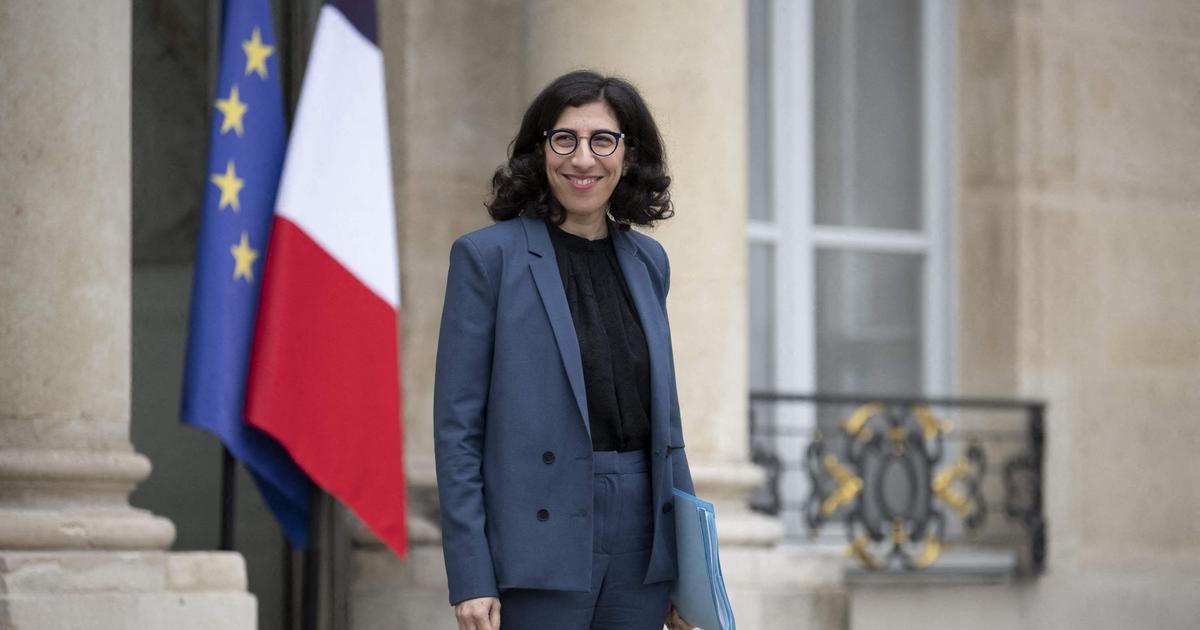
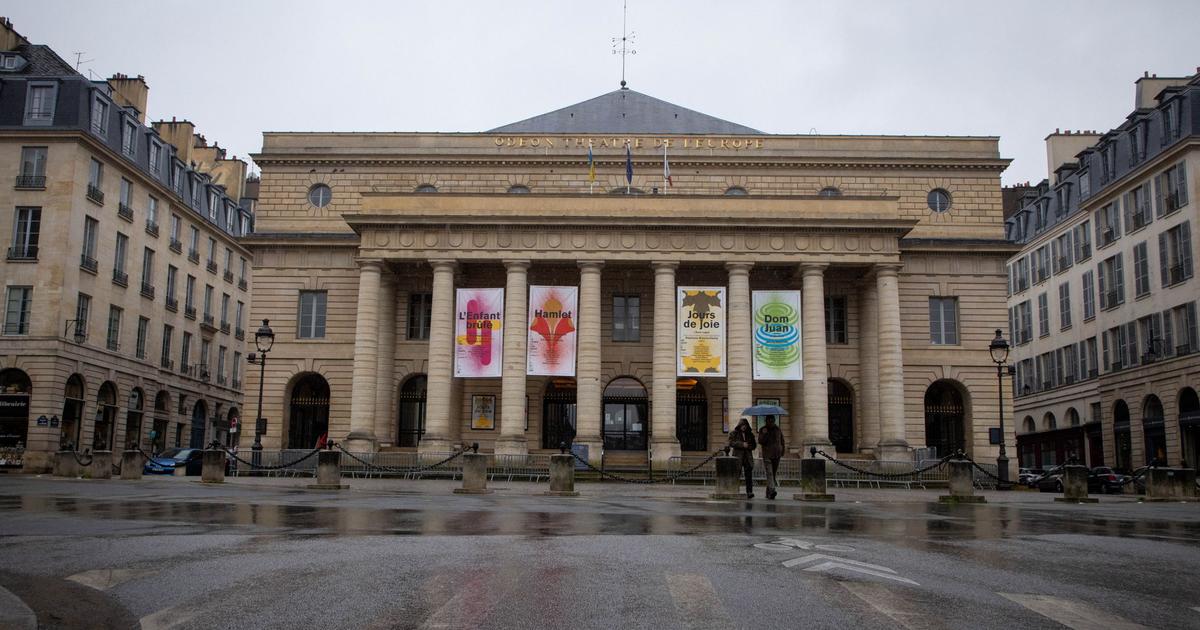

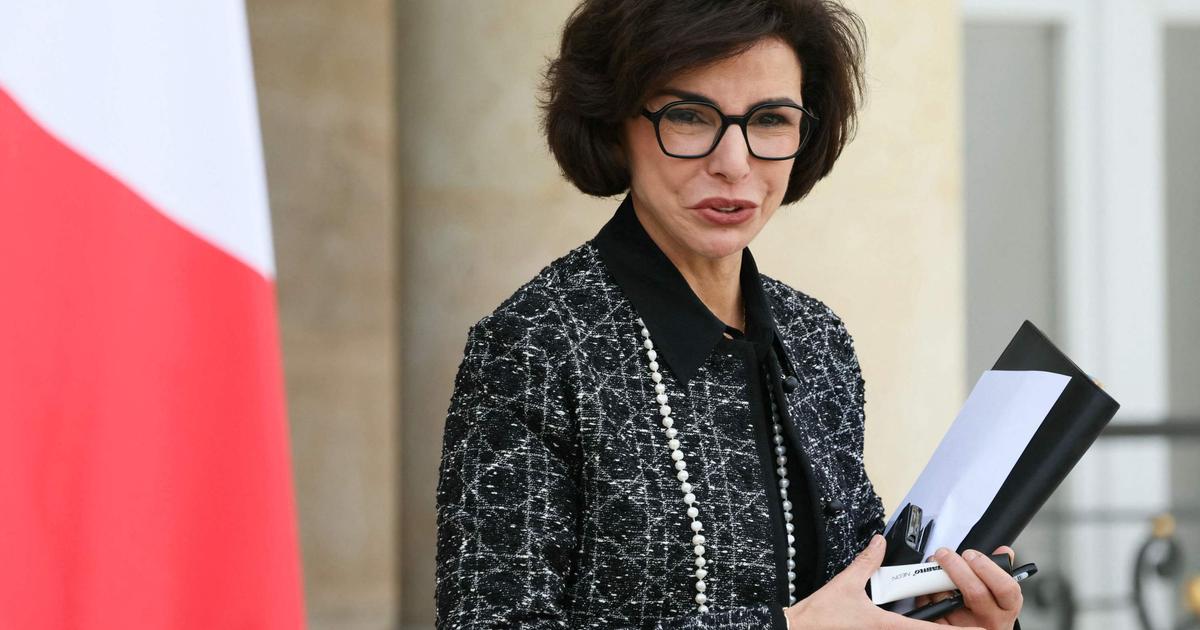
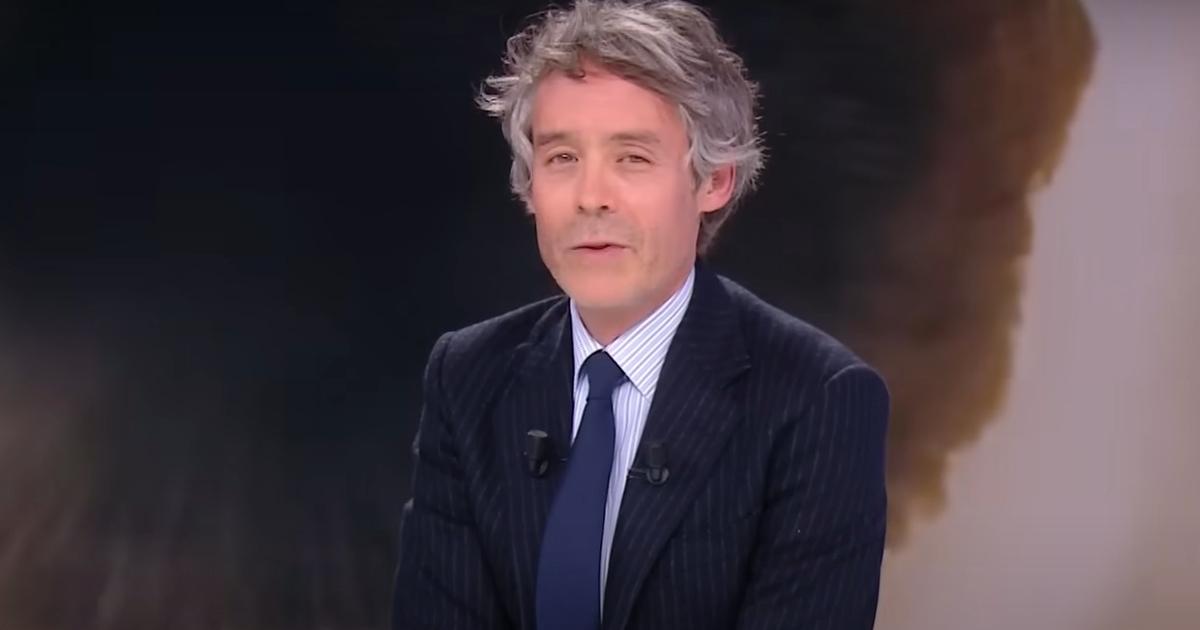

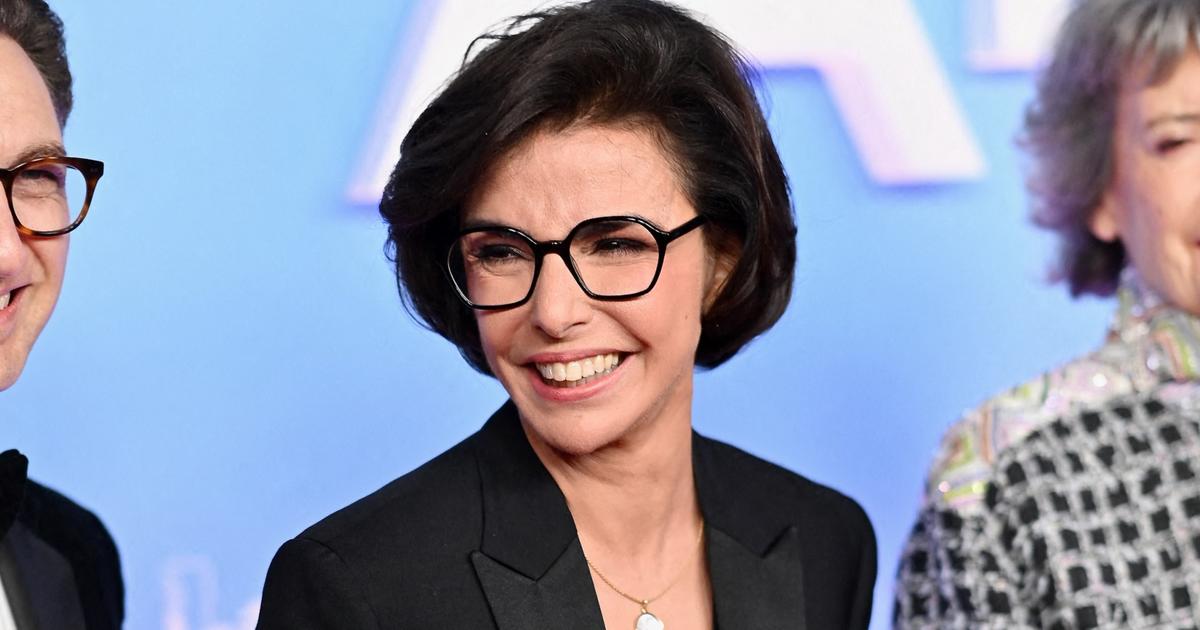
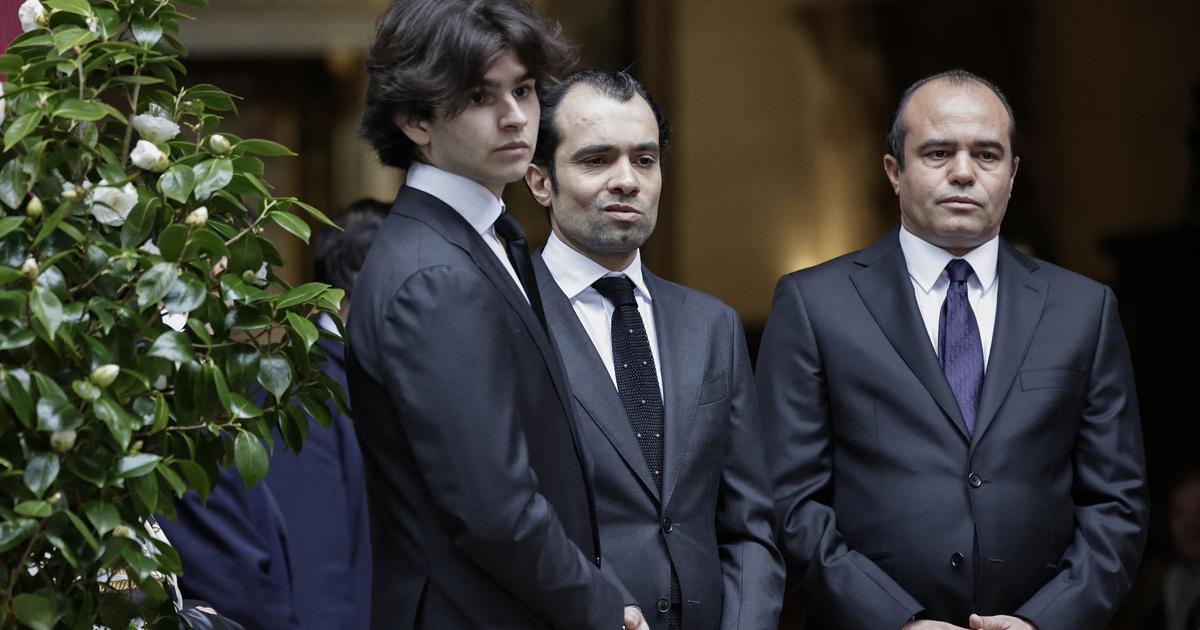






/cloudfront-eu-central-1.images.arcpublishing.com/prisa/IGZ7GOCXZ5GUPAQ2HWGK6Z76BU.jpg)